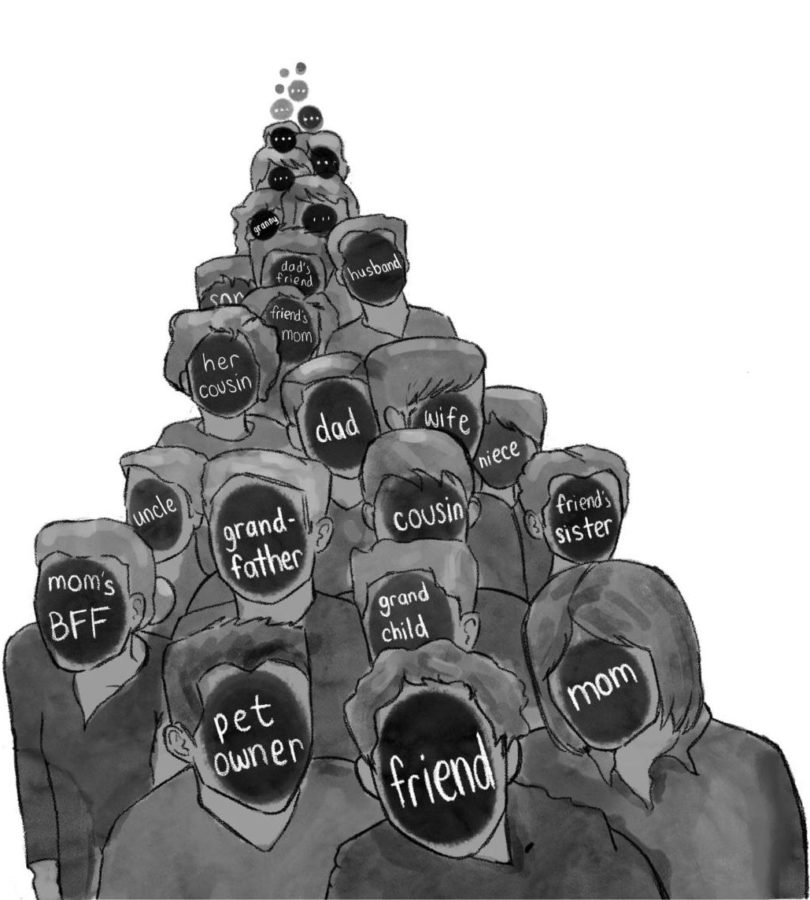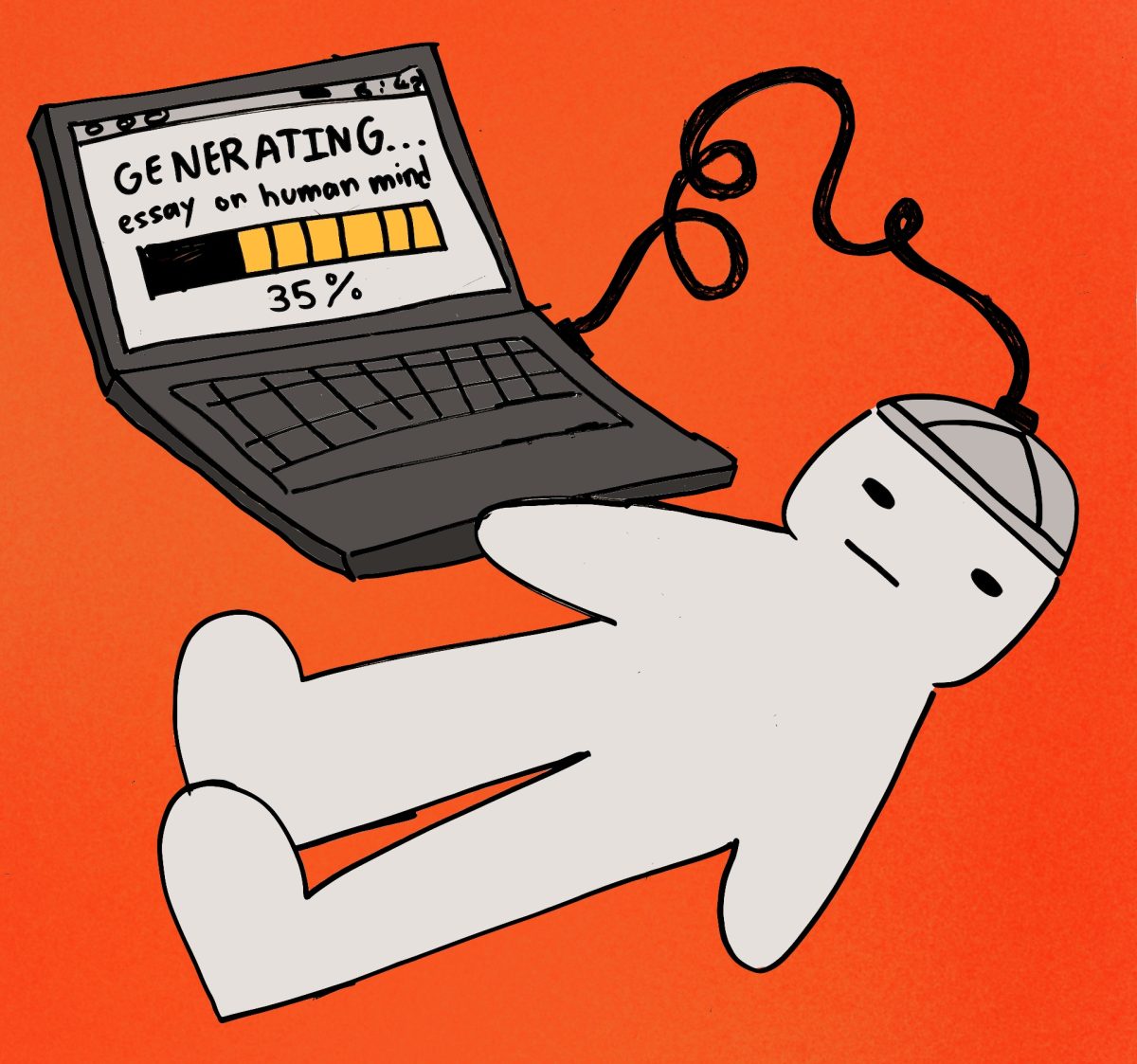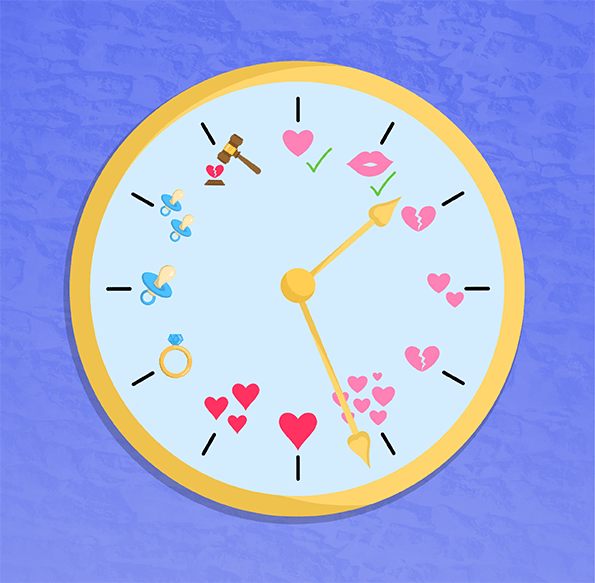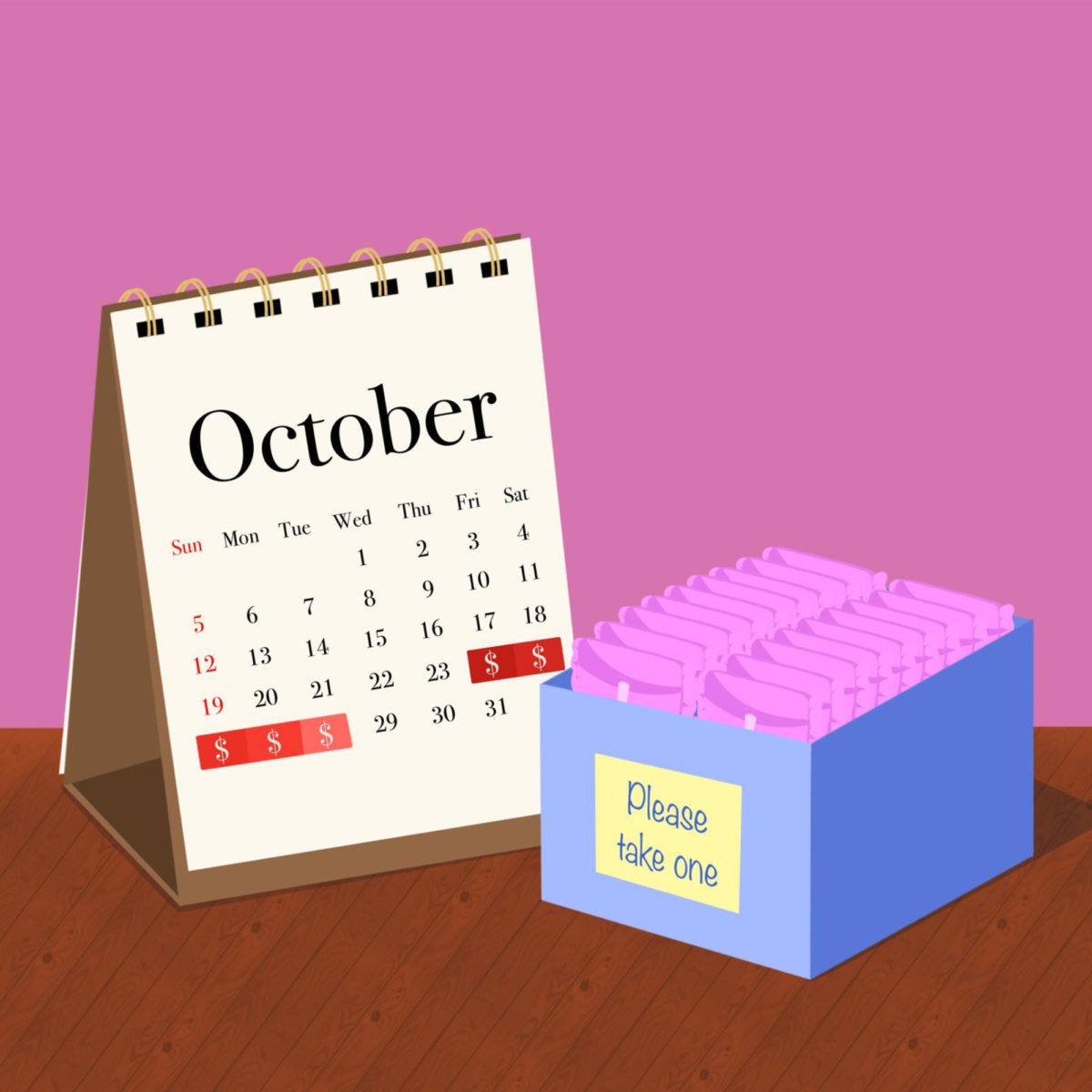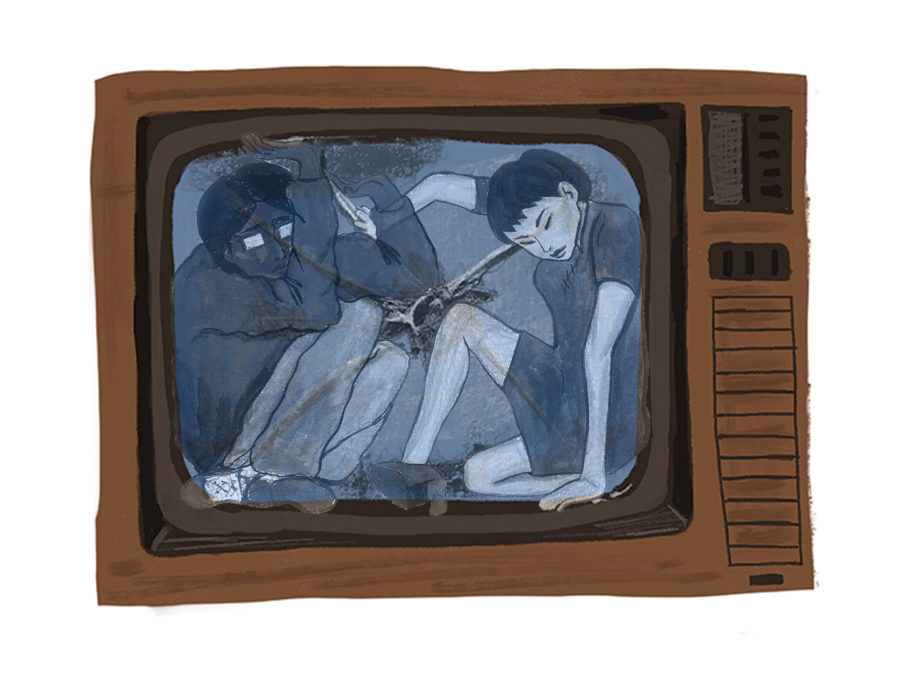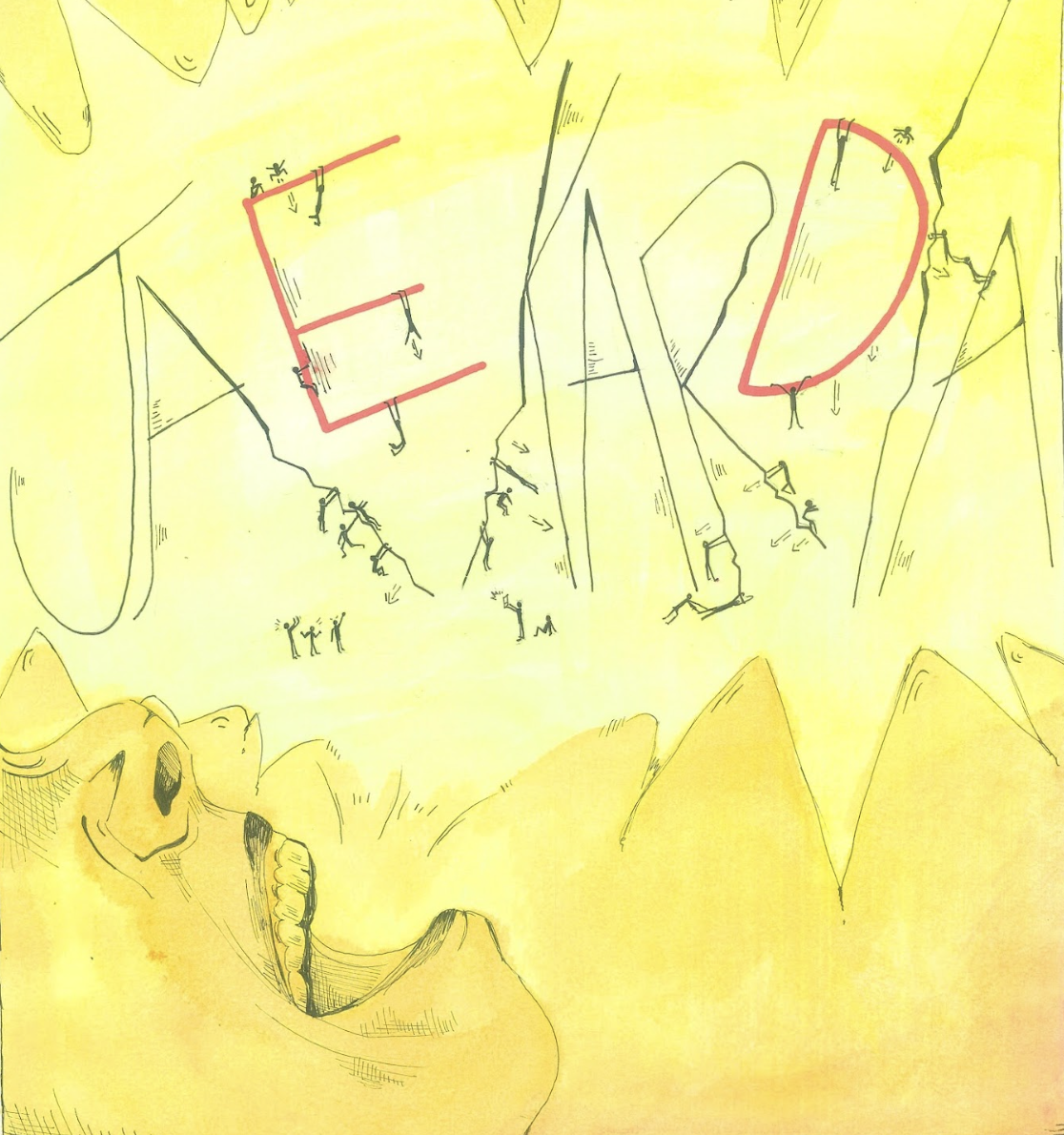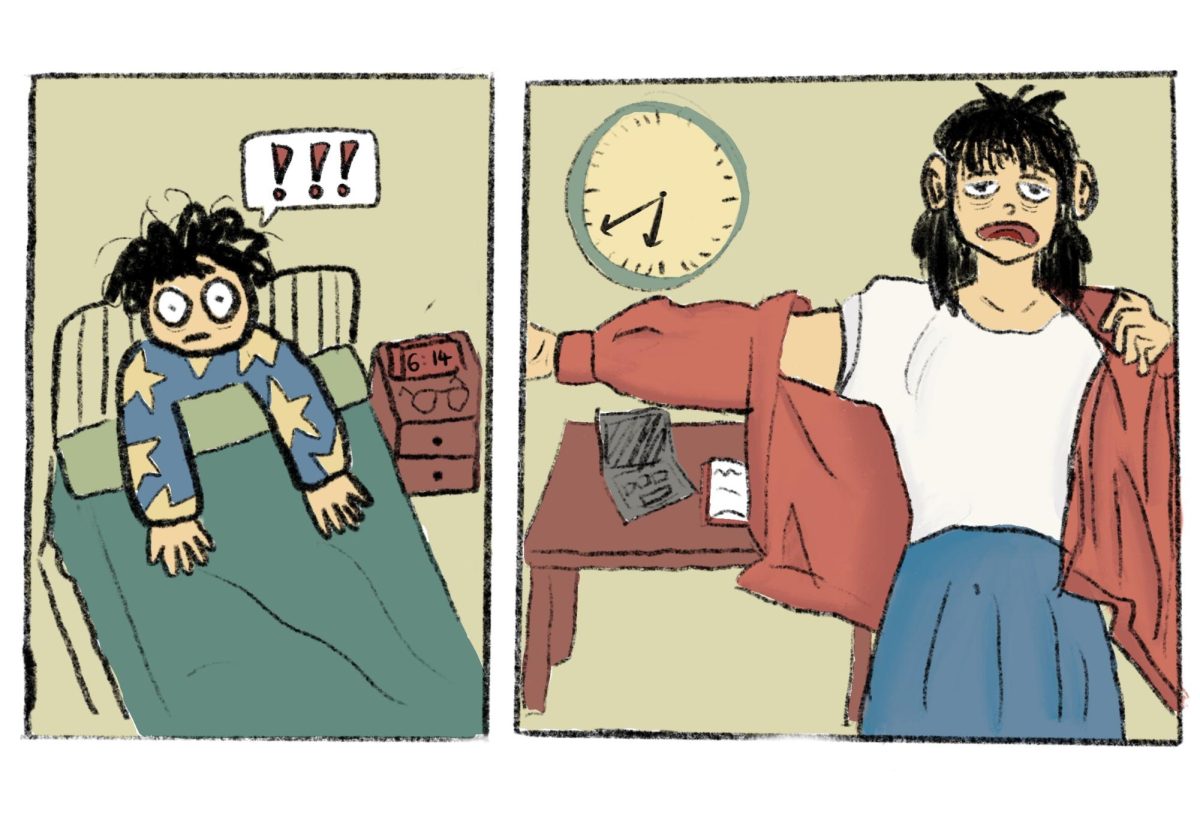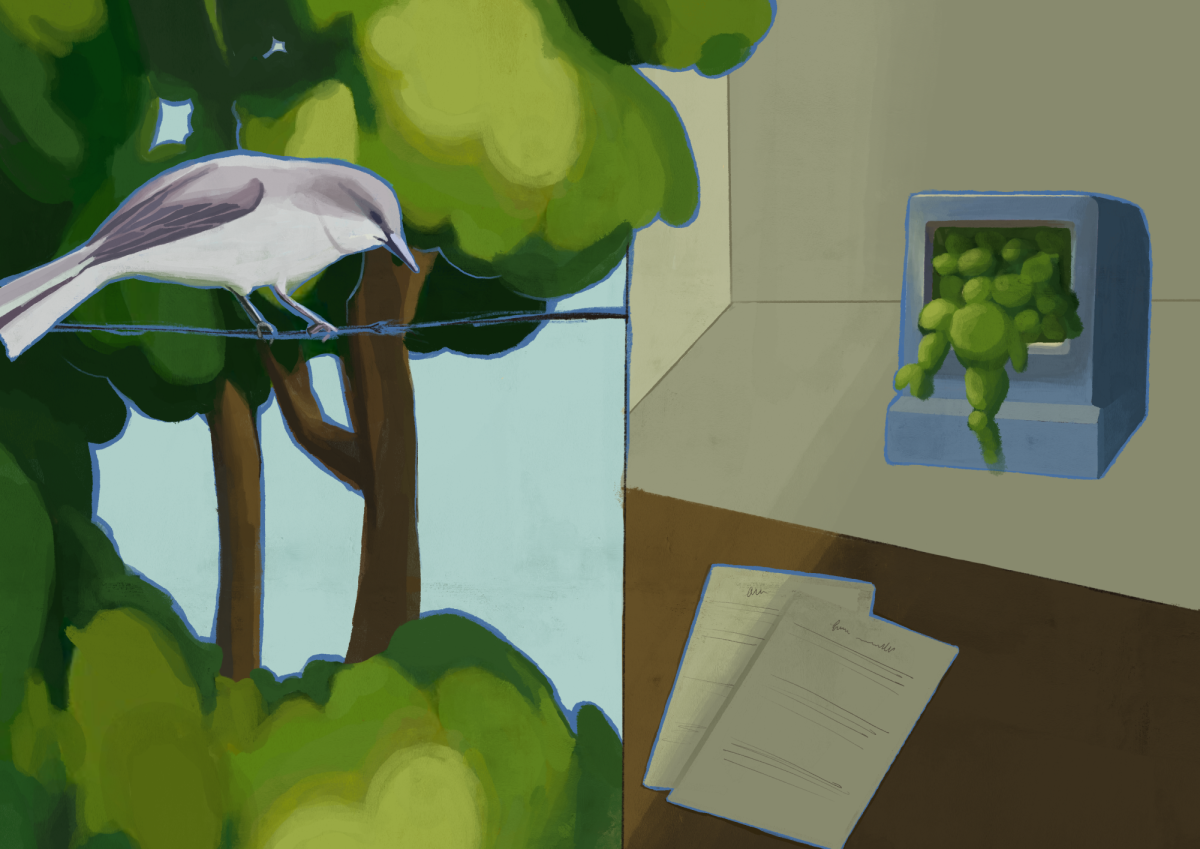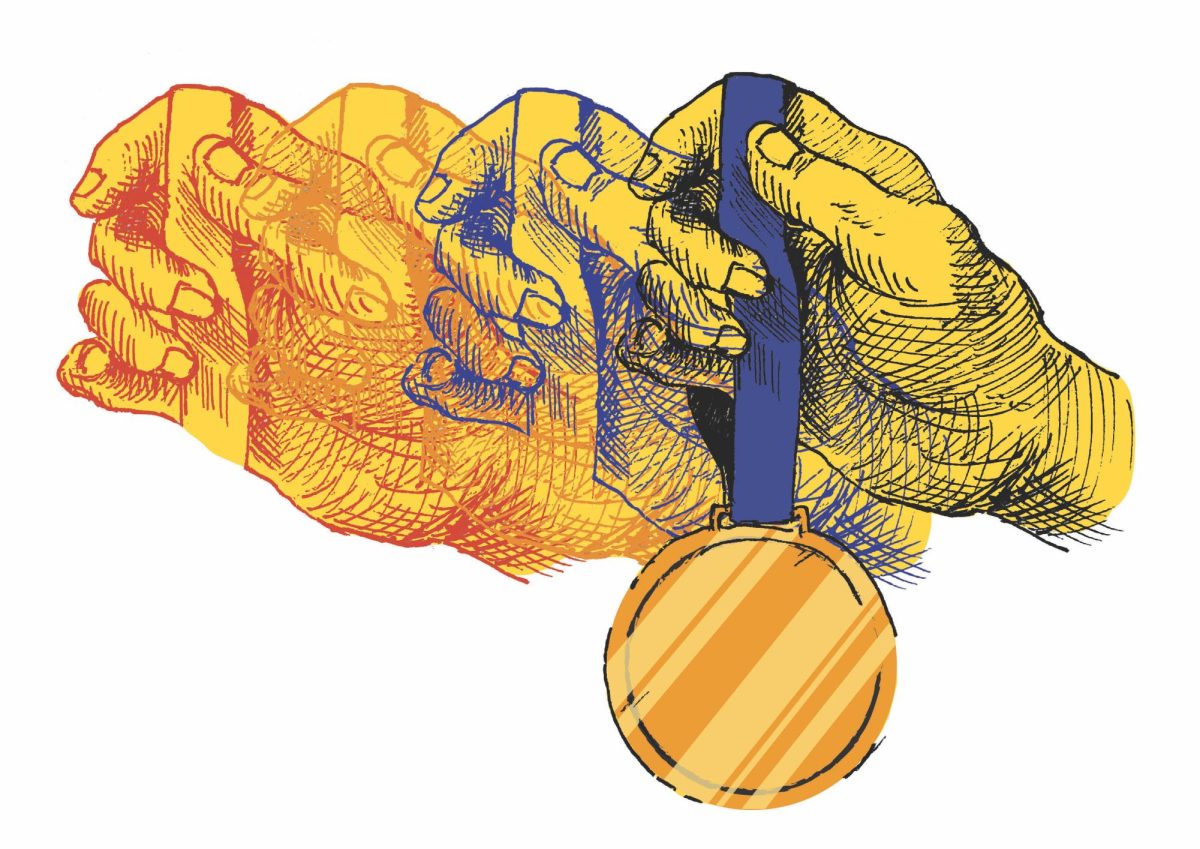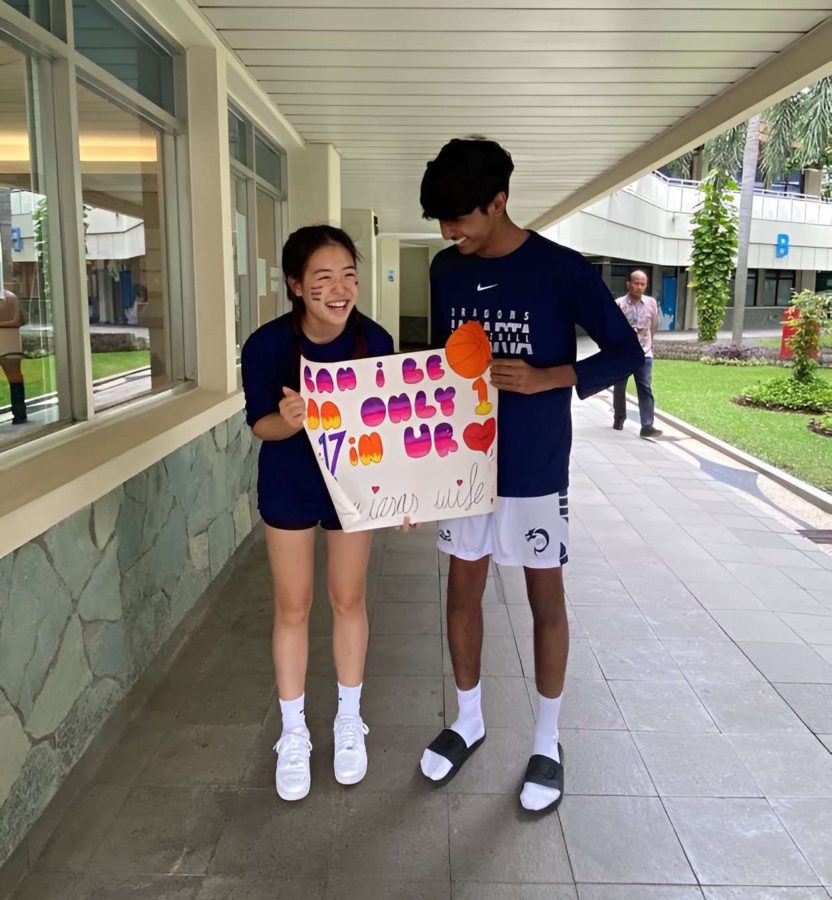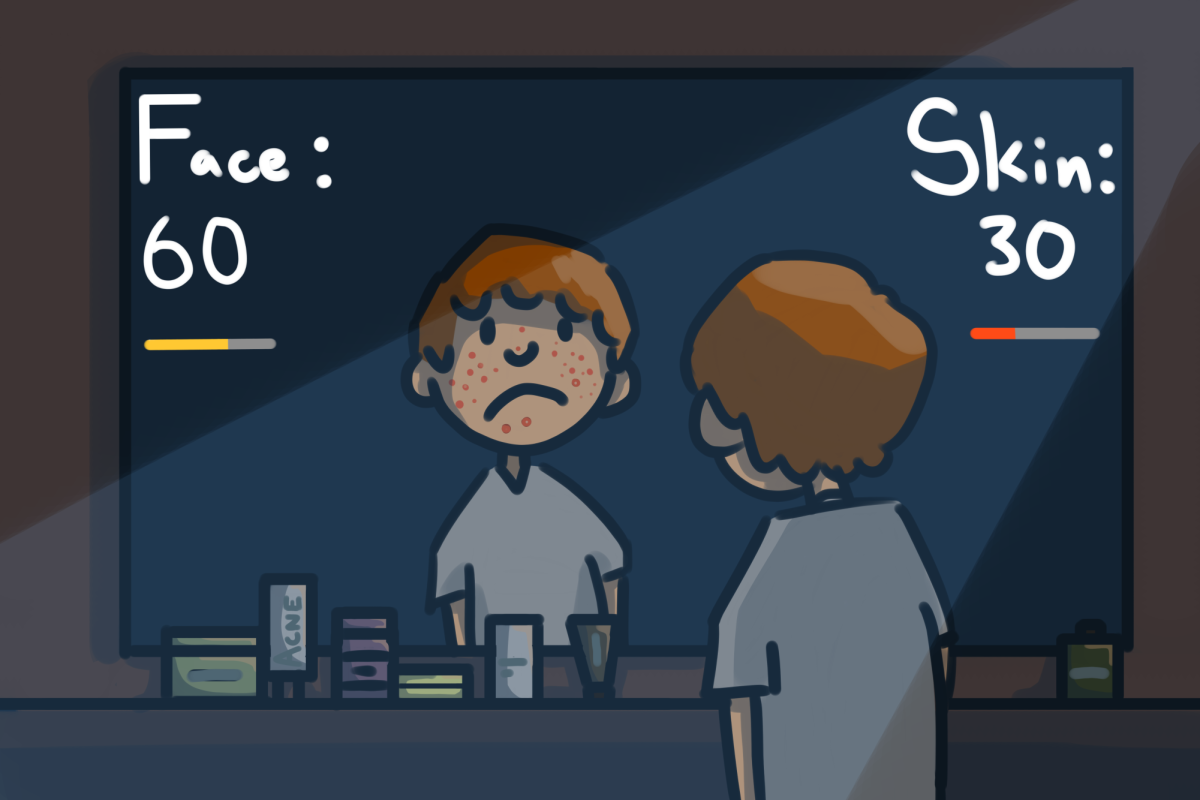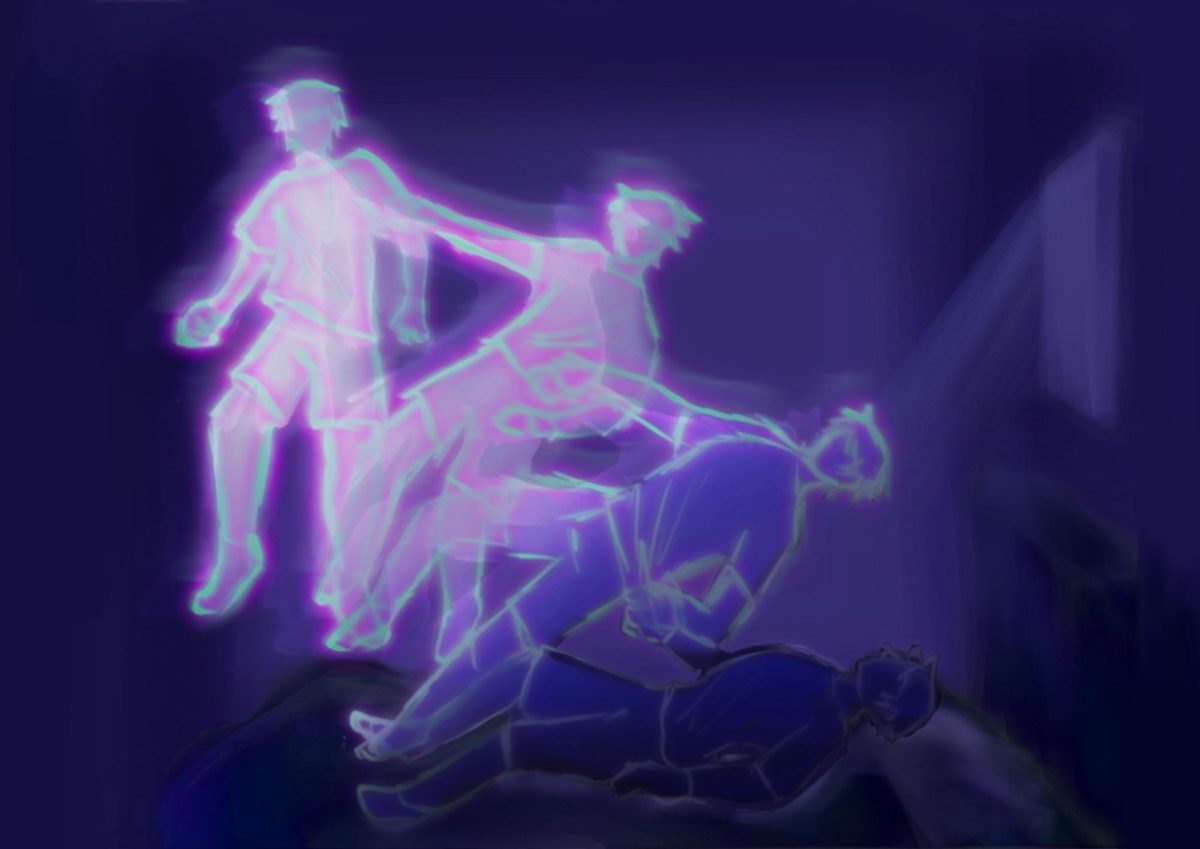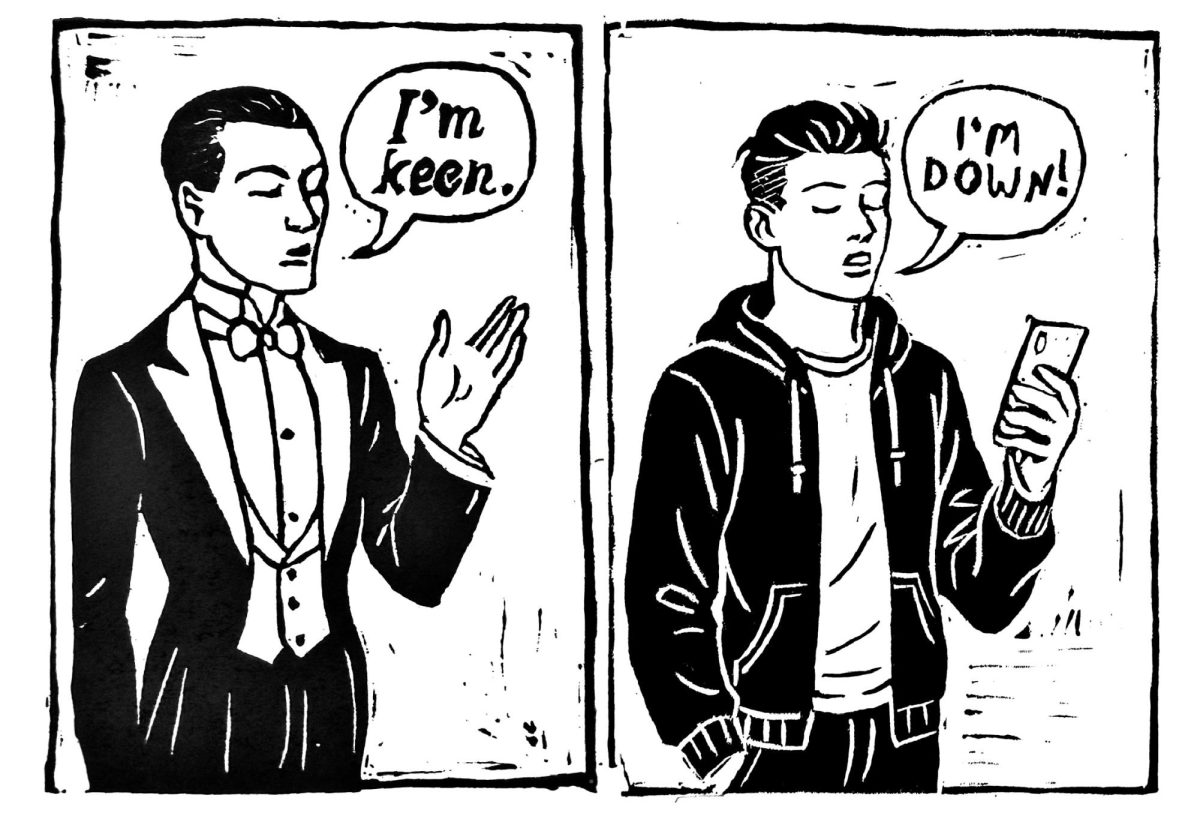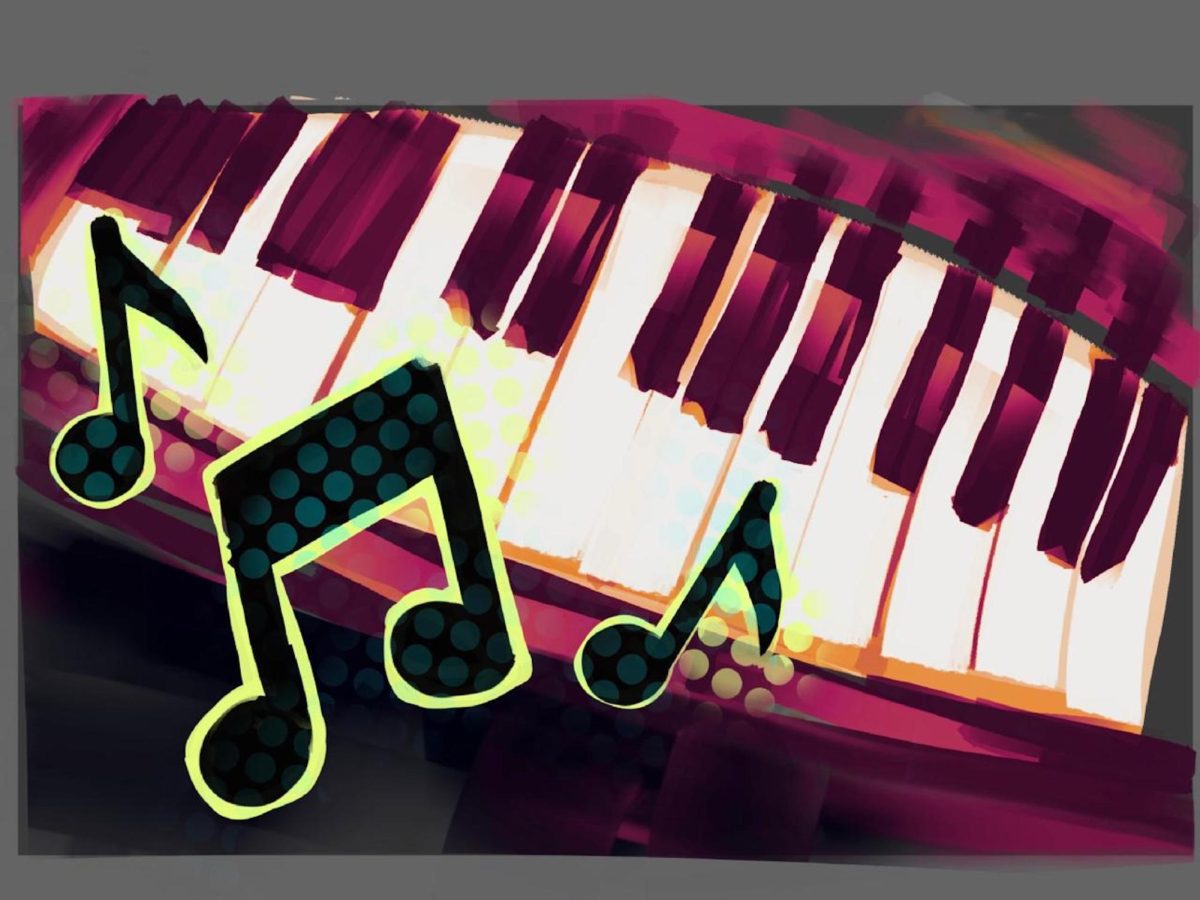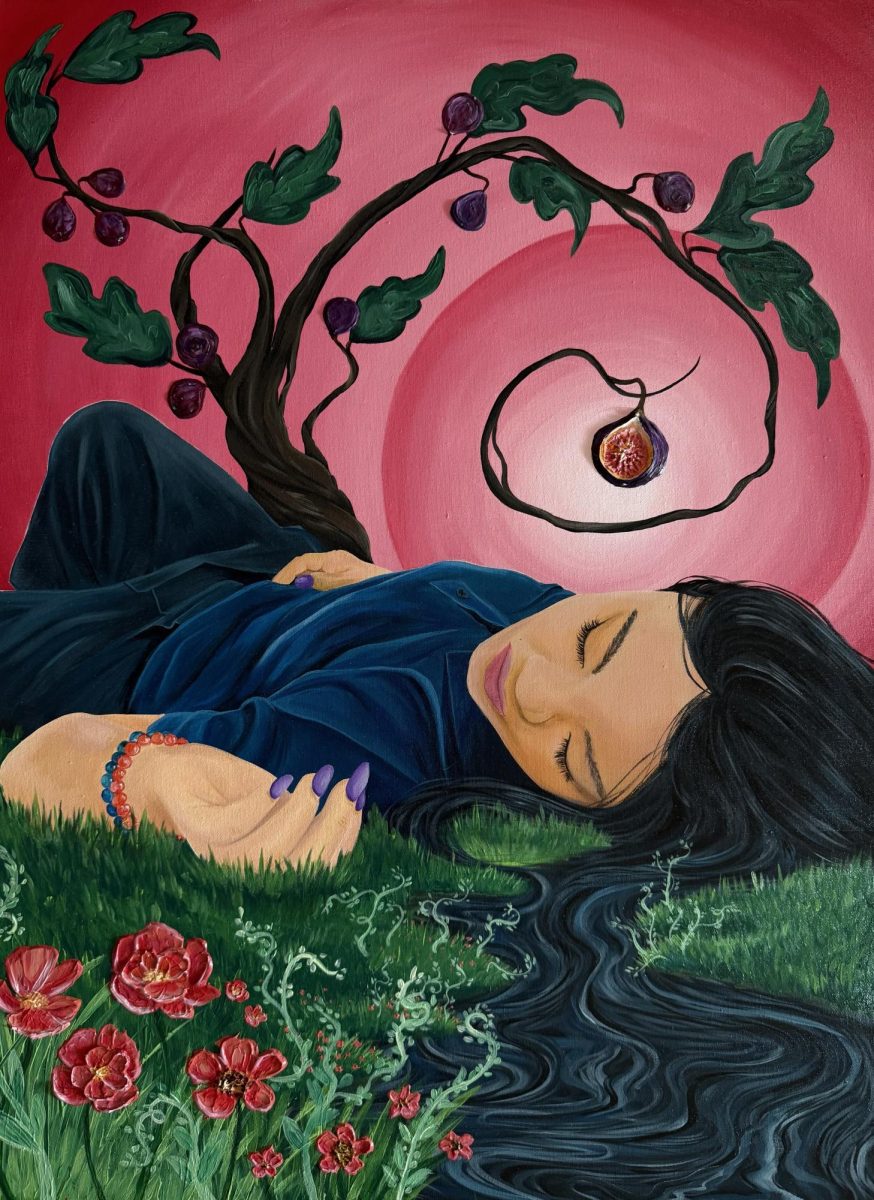Eight years of playing both piano and violin have helped me build a lasting relationship with classical music through countless hours of listening. Among 50 playlists and nearly 20 full albums from the late Romantic era to contemporary classical music revisited regularly, these three pieces consistently stand out. Each holds something unique: a feeling, a reclamation, or a memory that continues to resonate. For those who also love classical music, these selections may strike a familiar chord or offer a new perspective on an old favorite.
Waltz of the Flowers by Tchaikovsky (1892)
Often first encountered through The Nutcracker, Waltz of the Flowers has remained a seasonal favorite for listeners of all ages. Its elegant movement and shimmering orchestration capture a sense of childlike wonder, especially during the winter season. The piece often becomes part
of an annual ritual, making it ideal for snowy walks or quiet moments indoors, where it brings a calm, magical atmosphere.
Set in 3/4 time and the bright key of D major, this piece captures the essence of a traditional waltz. Its signature “oom-pa-pa” rhythm in the lower strings creates a bouncy foundation. The dynamic contrast between sweeping crescendos and delicate, quiet phrases adds to its emotional lift and elegance.
Piano Concerto No. 2 in C Mi- nor, Op. 18, Moderato by Rachmaninoff (1900)
Rachmaninoff composed this concerto after the crushing failure of his First Symphony, which led
him into years of creative silence. Piano Concerto No.2 was not just a concerto but an intense rediscovery of his voice. Listening to it feels like witnessing someone rebuild their voice from fragments into something whole.
That sense of emotional rebirth becomes especially vivid in Moderato’s first movement, which opens with solemn piano chords reminiscent of tolling bells, setting a dramatic tone. The strings then rise into a central theme, creating a dialogue between the piano and orchestra that is both tough and tender.
Even though it is not part of my regular listening routine, this concerto leaves a lasting impression each time it is heard. Its emotional scale commands attention, not because it offers comfort but because it reveals emotional intensity with clarity. That clarity invites a sense of distance, which may be what makes it so compelling.
Graceful Ghost Rag by William Bolcom (2005)
Bolcom composed it in memory of his father, and that context makes it even more meaningful. Instead of writing something overtly mournful, he honored his father with grace, restraint, and a smiling sorrow. This soft nostalgia makes the piece so powerful.
The music stands out for its warmth and subtle emotional depth. Bolcom blends ragtime rhythm with gentle, expressive phrasing, playful but never showy. It is often suited for late-night listening or moments of emotional reset, offering grounding without heaviness.
Notable performances by violinist Inmo Yang and pianist Sahun Hong, praised for their emotional clarity, have stayed with me and many other listeners. In the comments of the YouTube view, one listener expressed a profound sentiment:
“This piece taught me how to say goodbye. I have lived in grief and guilt over my loved one’s death for so long. But now, I am learning to let go. It is helping me heal. Thank
you.”
Whether a century ago or a mere two decades back, the songs have moved listeners with the same emotional resonance. Timeless in every note, classical music reminds us that, as a genre, it will not fade; it stays and speaks to the parts of us still learning how to understand
what we feel.



